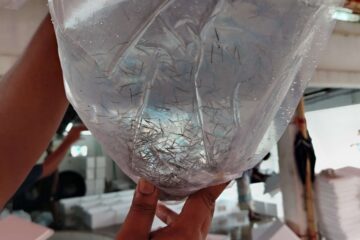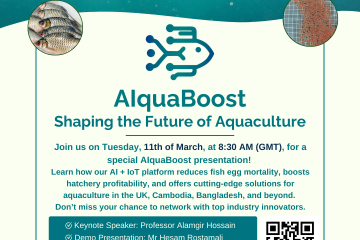Exploring Aquaculture: The Future of Sustainable Food Production
Aquaculture, often referred to as fish farming, is the practice of cultivating aquatic organisms such as fish, shellfish, and even plants in controlled environments. With the world’s growing population and the increasing demand for seafood, aquaculture has become a critical component of global food security and sustainable agricultural practices.
What is Aquaculture?
Aquaculture involves the breeding, rearing, and harvesting of aquatic organisms in various types of water environments including ponds, rivers, lakes, and the ocean. This practice can be carried out in both freshwater and saltwater settings, and it encompasses a wide range of species from fish and crustaceans to mollusks and aquatic plants.
How Does Aquaculture Work?
Aquaculture systems can be broadly categorized into two types: extensive and intensive.
- Extensive Aquaculture: This method relies on natural water bodies and their natural productivity. Fish or shellfish are stocked in ponds or enclosures and left to feed on the natural available food. This method is less resource-intensive but can be less predictable in terms of yield.
- Intensive Aquaculture: This approach involves higher stocking densities and often requires significant input in terms of feed, aeration, and water quality management. Fish are kept in tanks, cages, or raceways where the environment can be carefully controlled to optimize growth rates and health.
Key components of a successful aquaculture operation include:
- Water Quality Management: Ensuring optimal water conditions (temperature, pH, oxygen levels) is crucial for the health and growth of aquatic organisms.
- Feeding Practices: Providing balanced nutrition is essential. This can range from natural food sources to formulated feeds specifically designed for the species being cultured.
- Disease Control: Monitoring and managing diseases through good hygiene practices, regular health checks, and, if necessary, the use of vaccines or treatments.
- Breeding Programs: Selective breeding and hatchery practices help improve stock quality and enhance production efficiency.
Benefits of Aquaculture
- Sustainable Food Source: Aquaculture can provide a steady supply of protein-rich food without overexploiting natural fish stocks.
- Economic Growth: It creates jobs and supports livelihoods, particularly in coastal and rural communities.
- Resource Efficiency: Many aquaculture species convert feed into body mass more efficiently than land-based livestock, leading to lower feed conversion ratios.
- Environmental Management: When properly managed, aquaculture can reduce pressure on wild fish populations and contribute to habitat restoration projects.
Challenges in Aquaculture
While aquaculture holds great promise, it is not without challenges. Issues such as water pollution, disease outbreaks, and the environmental impact of farming practices need to be carefully managed. Moreover, the industry must address concerns about the sustainability of fish feed ingredients, particularly those derived from wild fish stocks.
Future of Aquaculture
The future of aquaculture looks promising with advancements in technology and sustainability practices. Innovations such as recirculating aquaculture systems (RAS), which recycle water within the farm, and the development of alternative feeds made from plant or insect proteins, are paving the way for more environmentally friendly and efficient aquaculture operations.
In conclusion, aquaculture is a dynamic and rapidly growing sector that plays a vital role in meeting the world’s food needs. By adopting sustainable practices and leveraging technological advancements, aquaculture can continue to provide nutritious food while minimizing its environmental footprint.


